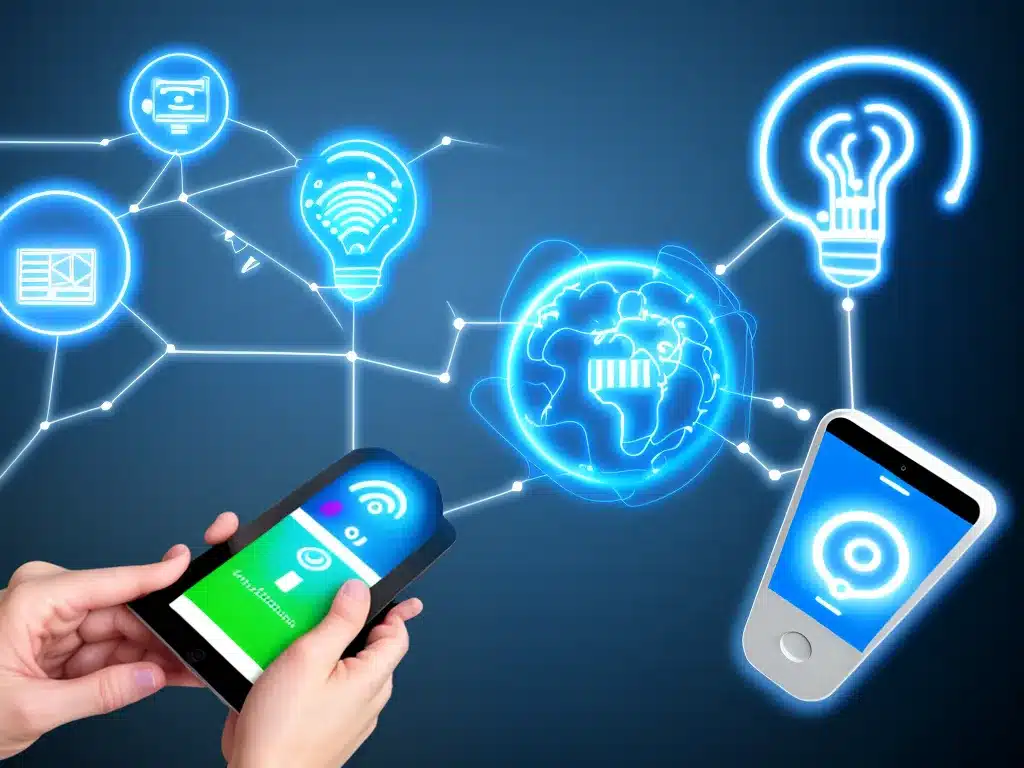IoT Energy Management: Reducing Consumption through Connectivity
Introduction
Energy management is becoming increasingly important as we aim to reduce energy consumption and optimize efficiency. The Internet of Things (IoT) offers exciting new opportunities to monitor and control energy usage through connected devices and sensors. In this article, I will explore how IoT enables smarter energy management in homes, buildings, and across cities.
Enabling Energy Monitoring Through Connected Devices
The first step towards better energy management is gaining visibility into energy consumption. IoT devices like smart meters, smart plugs, and smart thermostats allow detailed monitoring and analysis of energy usage. By connecting devices to the internet and collecting granular data, IoT systems give users and utilities deep insights into:
- Real-time energy consumption – View current usage patterns across devices.
- Historical usage – Identify trends and anomalies in past energy use.
- Energy demand forecasting – Predict future energy needs based on past data.
These insights enable identifying opportunities to reduce waste and guide optimization efforts. IoT energy monitoring lays the data foundation for smarter energy management.
Optimizing Consumption Through IoT Enabled Control
Armed with rich energy analytics, the next step is using IoT connectivity to actively control and optimize energy consumption. Some key ways IoT enables smarter energy usage include:
- Smart thermostats – Adjust heating and cooling based on occupancy patterns and other variables to minimize waste.
- Smart lighting – Automatically dim or turn off lights when not needed. Lighting accounts for ~15% of residential energy use (Source).
- Smart plugs – Remotely turn off plug loads when not in use. Plug load accounts for up to 20% of energy use in commercial buildings (Source).
- Demand response – Adjust energy use during peak demand periods based on utility signals. This balances the grid and avoids costly peak charges.
By automatically optimizing energy use across devices, IoT systems enable substantial energy savings.
Large-Scale Optimization in Smart Cities and Buildings
The benefits of IoT enabled energy management extend beyond the home to smart cities and commercial buildings. Smart buildings use networked sensors and software to optimize HVAC, lighting, and other systems. This provides efficiency gains of typically 10-25%.
On a city level, smart city energy initiatives collect and analyze data across buildings, transportation systems, and infrastructure. The insights allow cities to:
- Optimize energy supply and delivery.
- Inform policy decisions and standards.
- Engage residents around conservation.
Urban scale IoT energy networks will be critical as cities work towards environmental and efficiency goals.
Challenges and Concerns with IoT Enabled Energy Management
While promising, widespread IoT enabled energy management faces barriers:
- Privacy concerns – Granular energy usage data can reveal sensitive personal details. Policies to protect privacy are needed.
- Interoperability issues – Lack of common standards hamper integration between IoT devices and systems.
- Upfront costs – Installing smart meters, sensors and controls requires significant initial investment. Benefits accumulate over years.
- Technical complexity – Optimizing interdependent systems across buildings and cities is an enormously complex data science and engineering challenge.
Overcoming these challenges will take coordinated efforts between policymakers, technology firms, utilities, and customers. But the long-term benefits make the investment worthwhile.
The Future of IoT Enabled Energy Management
We are still in the early days of unlocking the full potential of IoT for optimizing energy use. As costs fall, interoperability improves, and data analytics advances, we can expect rapid growth in smart energy management solutions. Some exciting areas to watch include:
- Integrating renewable energy – Using IoT data to optimize solar and wind generation and storage.
- Vehicle-to-grid integration – Leveraging electric vehicle batteries as energy storage/sources.
- Blockchain platforms – Enabling decentralized energy markets and management.
- AI and machine learning – Moving beyond analytics to predictive optimization of complex energy systems.
The future of IoT enabled energy management is bright. IoT promises to be a critical tool as we transition to more sustainable, efficient and intelligent energy systems. The technology exists today to start realizing benefits – we just need the initiative to put it into practice.













